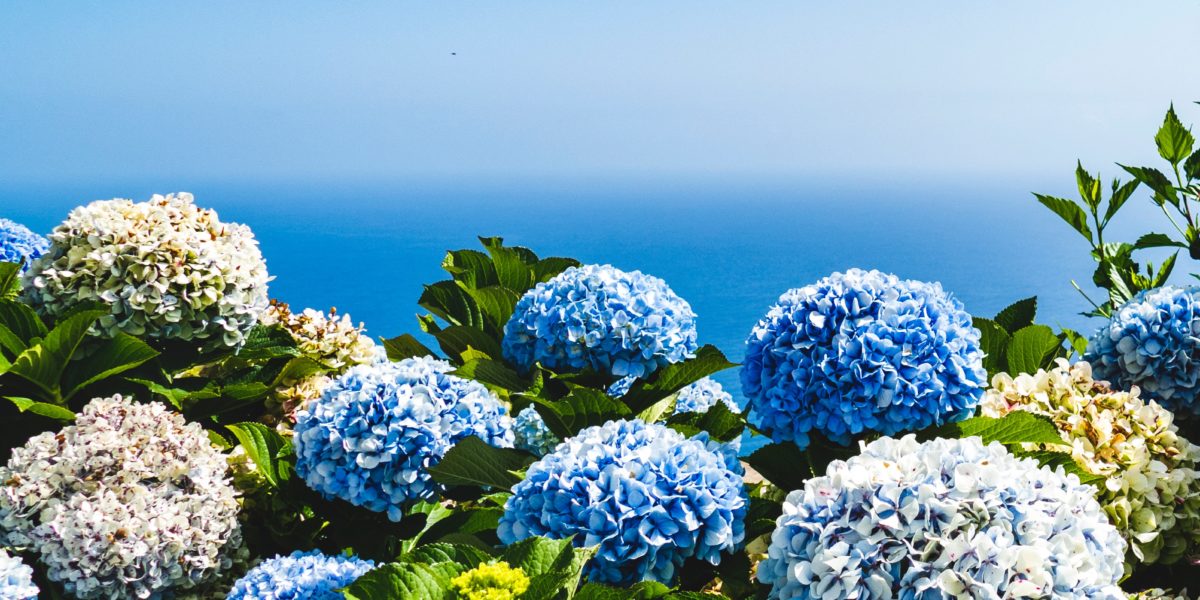
How & When to Care for Hydrangea Plants
Know the best time to prune your hydrangea to ensure gorgeous blooms in seasons to follow

Besides managing soil chemistry to control flower color, properly caring for your hydrangea in the fall can make a world of difference for next year’s blooms. Hydrangeas are sturdy and will return (eventually) from most types of pruning when given time and care. While many will grow for years without any pruning, some hydrangeas become quite massive, take over a space, and even lose their flowering abilities without proper care. Pruning hydrangeas, in general, improves the shrub’s vigor and increases flower size.
To ensure a blooming beauty, first identify your variety, as some hydrangeas unfortunately gripe if pruned at the wrong time. There are two common types. One makes flower buds on old wood (last year’s growth) and the other makes flower buds on new wood (this year’s growth.) Most hydrangea varieties are old wood bloomers, like lacecap, oakleaf, mophead, and big leaf, but we recommend you get informed.
The rule of thumb is to prune old-wood bloomers right after blooms fade in the early fall so that the plant has time to set new buds for next year. New wood bloomers, like Hydrangea arborescens and H. paniculata, should be pruned in early spring before they begin their active growth.
In regards to pruning, if you see wispy, weak growth, cut those stems down because they take away energy that your plant could put into flowers. Also cut down to the base any dead stumpy stems to allow space for new growth.
Thinking of planting new hydrangeas? The best time to do so is also in fall, because this time of year lets the plant establish new healthy roots before the cold stresses of winter and the heat trauma of summer.
